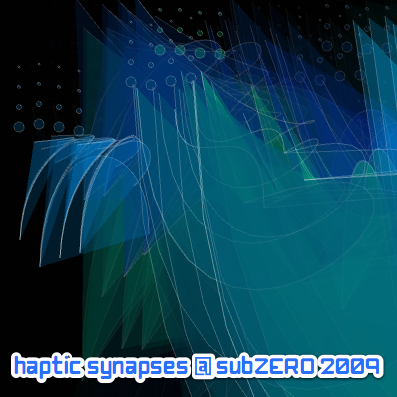
Beatseqr was created like all inventions… from the lack of a perfect match of a problem to known available solutions.
So what is it then? Beatseqr is a physical interface for sequencing data, be it OSC triggers or MIDI data going into a software drum machine. It was primarily devised to give us a hands-on method to creating drum patterns, but in practice we’ve also found it to be very valuable in sequencing other types of digital music instruments and visuals. It’s designed to do this one task, and do it well. It’s designed to fit into the toolchain of sound sources you probably already have.
We have multiple sources of samplers, drum machines, and model-based sound generators. Some even have sequencers built in. What we found is that for software-based instruments, there’s a distinct lack of satisfaction with a creativity-sapping amount of mousing, click, mousing, click, mousing, click, mousing, click, etc., etc., etc. Making changes in realtime when you can utilize the creativity in the moment seemed to come so easily with hardware based sequencers and/or drum machines. The problem with these is that they’re typically frozen-up with whatever sounds they shipped with. Or they cost more than we wanted to spend to get the functionality we wanted. Or they were so cluttered up with everything and the kitchen sink that they become like piloting an airplane just to get off the ground, so to speak.
USB based hardware controllers seemed to get close. Every one we saw came close, but was missing a critical piece of the puzzle.
Even the monome, of whom we’re very much admiring of, had drawbacks in the low end models. And the models that came closer to what we wanted controls for was still lacking a few key dedicated controls, and was priced waaay out of reach, assuming you could get in the queue to buy one. I can’t really say much about what it’s like to own or use a monome. They do have an awful lot of polish on them now and they are worthy of drool, for sure.
So around April of 2009, the Arduino Mega was released. I take one look at the specs and notice 54 digital I/O pins. Golden, in my opinion. That would let you do a 16 step sequencer with buttons and LEDs, similar to the classic Roland TR808 and TR909 layouts. Plus a whole bunch of other pins for other stuff. It didn’t matter, really. We could finally get 32+ digital I/O pins without the use of additional hardware. The other pins were nice, and I think we came up with a decent interface that we can grow into for a long time by upgrading the functionality of the software.
And while on this topic of upgradability, being based on the arduino mega is a HUGE plus in my opinion, because it’s a known platform. It’s cheap. It’s easy to program for (obviously, if we’re doing what we’re doing), there’s tons of support, and you can even take the arduino mega out of the beatseqr and use it for other stuff. How awesome is that? When we roll out products after hammering on prototypes, I think we’ll even sell a version without the arduino if you already have one so you can just plug in, upload the beatseqr code (improve it if you want!), and start making beats (or whatever else you could use it for). This is the new world: modular pieces… more like Lego, less like bricks.
Have a look at the making of the first prototype here:
[flickrset id=”72157620701921873″ thumbnail=”square”]
And then here’s a gallery of the second prototype:
[flickrset id=”72157620158437796″ thumbnail=”square”]








